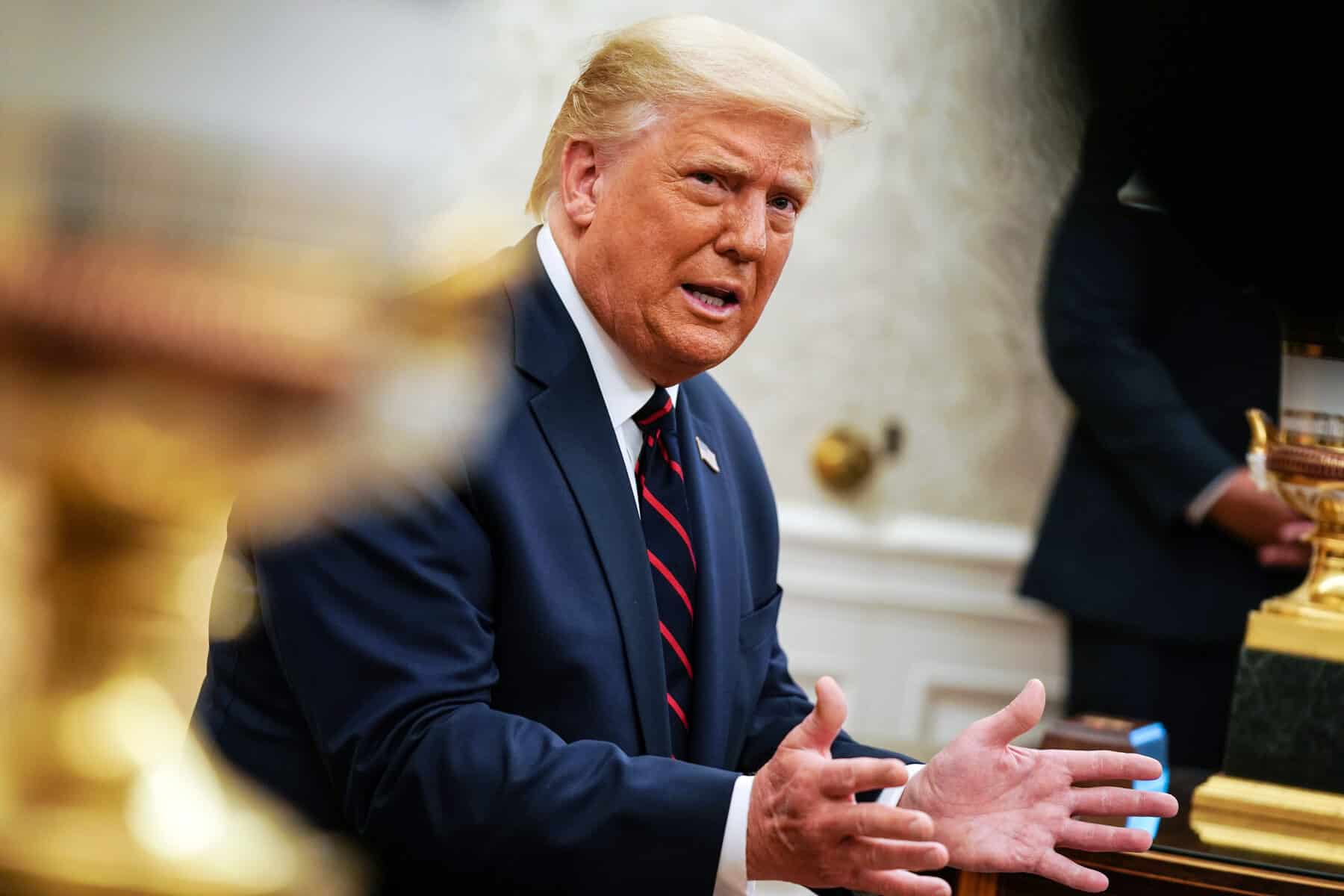
the staff of the Ridgewood blog
Washington DC, in a high-stakes development that could reshape global geopolitics, President Donald Trump called on Iran to unconditionally surrender, asserting that the U.S. intelligence community knows the exact location of Iran’s Supreme Leader, Ayatollah Ali Khamenei, who is reportedly in hiding. However, Trump emphasized that “the U.S. will not target him at this time.”
The statement came after Trump made an early departure from the G7 summit in Canada to attend a classified Situation Room meeting in Washington, D.C., underscoring the gravity of the ongoing Middle East crisis.
🛑 U.S. on Alert as Israel Advances in War Against Iran
Although the United States has not formally entered Israel’s six-day war with Iran, the U.S. military has repositioned assets in the region, signaling readiness for potential involvement. Trump’s remarks follow mounting global concern over the rapidly escalating conflict, which began with coordinated Israeli airstrikes across Iran.
According to Israeli officials:
-
Israel has achieved air superiority over Tehran
-
One-third of Iran’s ballistic missile arsenal has been destroyed
-
Iran’s top military commander was killed, just weeks after his appointment following the death of his predecessor in an earlier Israeli strike
These rapid developments reflect a sharp deterioration in Iran’s strategic military capabilities, though Iran’s nuclear infrastructure remains a core concern.
💥 Nuclear Sites in the Crosshairs
Israel has confirmed it has targeted several military and nuclear sites, including:
-
The Natanz nuclear facility, a key uranium enrichment center
-
Iran’s highly fortified Fordo nuclear facility, built 260 feet inside a mountain
The Fordo site’s deep subterranean location presents a significant challenge for conventional weaponry, and any future strike is likely to require U.S.-supplied bunker-buster bombs capable of penetrating reinforced underground targets.
These moves suggest that Israel is attempting to cripple Iran’s nuclear ambitions permanently, while the U.S. appears to be reinforcing its position as a deterrent force in the region.
🇺🇸 Trump’s Warning to Tehran: “Surrender Now”
President Trump’s call for “unconditional surrender” mirrors historic American wartime rhetoric and marks an escalation in tone that could further polarize international opinion. He stated:
“We know where Khamenei is. He can run, but he cannot hide. Iran must surrender unconditionally—or face the consequences.”
Trump’s administration has long taken a maximum-pressure stance on Iran, and this latest development signals that the White House is prepared to support Israel’s military strategy, even if that includes strikes on Iran’s deeply embedded nuclear sites.
🌍 Global Impact and What Comes Next
This conflict has significant implications for global energy markets, regional stability in the Middle East, and U.S. relations with NATO allies—many of whom urged de-escalation at the recent G7 summit.
While Trump has not confirmed whether U.S. forces will enter direct combat, the deployment of military assets and the possibility of strikes on Iran’s fortified sites suggest that the United States is ready to act if needed.
🔴 Live Coverage and Updates
This is a developing story. For the latest updates on the U.S.-Iran-Israel conflict, unfolding geopolitical reactions, and real-time battlefield assessments, follow live coverage here.
Conclusion:
As tensions in the Middle East reach a boiling point, Trump’s bold demand for Iran’s surrender and Israel’s aggressive military campaign against nuclear infrastructure suggest that the conflict could widen. The world watches closely as U.S. foreign policy, Israeli military power, and Iran’s strategic resilience collide in what may become a defining moment in modern international relations.
